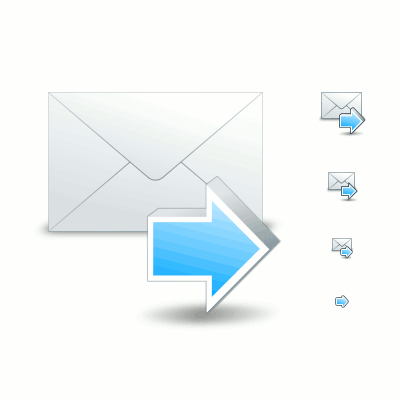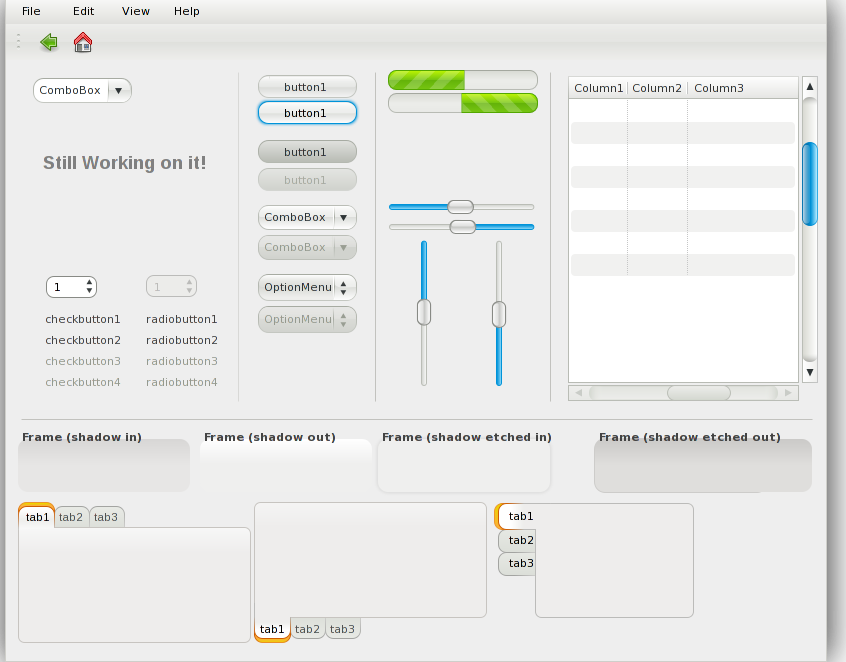Pre-requisities
Separate /home partition, separate /home partition, separate /home partiton. And whatever else parition with data (like /var/ftp). This is a necessity if you want to frequently do clean installs but don't want to back up your data.
Live Spin.
Before Installation
Boot your Live CD/DVD (I noticed DVD is faster so I use DVD in favour of CD even though the iso image fits on CD), mount your partitions. Move your home folders to something like /my/home.old, you will transfer your settings after your user is already created. Backup your settings in partitions that gets formated. In my case /etc/rc.d/rc.local, /etc/vsftpd, /etc/sysconfig/iptables /lib/firmware/b43.
In case you are dual booting, back up you /boot partition (/boot/grub/grub.conf, /boot/System.map*, /boot/config-*, initrd-*, vmlinuz*, xen* sans kernels you don't want to keep should be enough). It would be really nice if Anaconda could detect already existing GRUB installation and offer to either update GRUB, while keeping the settings, or just add its own settings... Currently I even cannot add a boot option when I want to boot a system with root on LVM (or at least I don't know how)...
Backup your evolution settings (File->Backup Settings...)
Installation
Fire up install. In the parititioning section, use custom layout. Format system paritions and SWAP, set mount points for data partitions. I tend to format /boot as well, but Anaconda can handle installing GRUB to nonformated one as well (if you do it this way, you just need to do some cleaning after the installation, but you don't need to back it up, since files Fedora replaces should be backuped to *.rpmsave). In the bootloader section, let it install grub. There's usually no need to set anything else in the installator (sans some basic settings like your time zone, language or root password).
After Installation
First recreate all the users. Select UIDs and GIDs manually to match the old ones, move the settings you want to keep from the /my/home.old/* to the new folders, delete the rest (meaning the /my/home.old). I usually keep epiphany, gajim, ssh, pgp, mozilla, anthy, scim, texlive and liferea settings and some gconf settings (those for NetworkManager), inkscape palletes, some certificates and all data. Update the system, reboot. Install echo-icon-theme and gtk-nodoka-engine-extras and set my favourite combinations. Set up the destkop looks.
Add rpmfusion repositories.
Install my favourite applications (I use yum to do it, but PackageKit is a good option as well): inkscape, gimp, epiphany, midori, stardict, gajim, deluge, liferea, kanatest, gnumeric, texlive, gnuplot, rpm-build, mplayer, cvs, git. Install dictionaries for gajim, IRC plugin for empathy/telepathy, fedora-packager and echo-artist, let PackageKit figure out needed additional gstreamer packages by trying to play your favourite videos/music in totem or rhythmbox. Set up rhythmbox to look for songs in my ~/Music directory. Turn on metacity compositing. Restore evolution settings and check new mail.
Well, that's about all I do during the installation, I hope I didn't forget something so that next time the situation where I am in a train and want to fire up an application I forgot to install will not happen again... And well... not much usable blog post for others, I think, but at least I have some sort of installation todo list for myself...













































